Jean-Paul Riopelle - Original Lithograph 1976 Dimensions: 32 x 25 cm Revue XXe Siècle Edition: Cahiers d'art published under the direction of G. di San Lazzaro. Jean-Paul Riopelle B. 1923, MONTREAL; D. 2002, QUEBEC CITY Jean-Paul Riopelle was born on October 7, 1923, in Montreal. He developed an early interest in drawing and painting, taking as his subject the natural landscape as the previous generation of Canadian artists had done. Riopelle studied at the École des beaux-arts (1942) and then at the École du Meuble (1943–45), both Montreal, where he met teacher Paul Émile Bourdas. Bourdas had founded Les Automatistes (the Automatists, 1946–51), a group of Quebecois dissidents influenced by Surrealism that Riopelle joined, and also spearheaded the controversial “Refus global” (Total refusal), an antireligious and antiestablishment manifesto that rejected academic training in favor of nonfigurative painting propelled by the creative subconscious. Riopelle traveled to Paris on a Canadian government fellowship in 1945 and in 1946 visited New York, where his work was included in the International Surrealist Exhibition. By the time the “Refus global” was published in 1948, Riopelle had been settled in Paris for a year, organizing an exhibition of Canadian avant-garde artists at the Parisian Galerie du Luxembourg in summer 1947. In the same year he was included in Exposition internationale du surréalisme (International exhibition of Surrealism) at Galerie Maeght, Zurich, organized by André Breton and Marcel Duchamp and now considered the last major show of the Surrealist movement. Heralding his lifelong path into abstraction, that fall Riopelle met Georges Mathieu who included him in L’imaginaire (The imaginary) at Galerie du Luxembourg, a show conceived as the coalescence of Lyrical Abstraction (Abstraction lyrique) in France. Now firmly a part of the École de Paris (School of Paris), he has his first solo show at Galerie Nina Dausset in 1949. His method included using pigment straight from the tube, sometimes over multiple canvases, in works that demonstrate explosive, ritualistic engagement—in large-format, dense, and colorful mosaic compositions grounded by unadulterated white and black. Riopelle had his first U.S. solo show in 1954 at the Pierre Matisse Gallery, New York. In 1958 the artist also began to make bronze sculpture, which he exhibited for the first time at Galerie Jacques Dubourg, Paris, in 1962. During the 1960s Riopelle’s canvases became wider, and his painterly language started to connote an “abstract landscapism.” He also began to work in lithograph and pastel and to create sculptures that led to painted collage assemblages in 1967. Movements such as Pop art and Nouveau Réalisme (New Realism) precipitated a reemergence of representational forms in Riopelle’s work from the mid-1970s on, and he was again inspired by nature. In the early 1980s, influenced by his surroundings in Canada, he introduced the theme of wild geese rendered with acrylics, stencils, and automobile aerosol paint. His 1990s works fully developed this multimedia accumulation of abstracted figures built up in his signature dense, crisscrossing layers and lattice forms. From the late 1950s Riopelle lived and worked near Giverny with the American painter Joan Mitchell, who had similarly traveled to France in the post–World War II period, settling in Paris after 1955. Their work from the 1960s, especially, shows their mutual influence on each other. Riopelle returned to Quebec in the 1970s, and his relationship with Mitchell ended in 1979. Soon after Mitchell’s death in 1992, Riopelle stopped painting. Riopelle received an honorable mention for the Guggenheim International Award (1958). He participated in the Venice Biennale (1952, 1954, 1962); São Paulo Biennial (1955); and Pittsburgh International (now Carnegie International, 1967). Major exhibitions of his work were held at the Kölnischer Kunstverein, Cologne (a retrospective, 1958); National Gallery of Canada, Ottowa (1963); Musée du Québec (a retrospective, 1967); and Galerie Maeght (1972). In June 2006, Montreal's Musée des beaux-arts organized a retrospective that was presented at the State Hermitage Museum, Saint Petersburg, and Musée Cantini, Marseille. Riopelle died on March 12, 2002, in Île-aux-Grues, Canada.
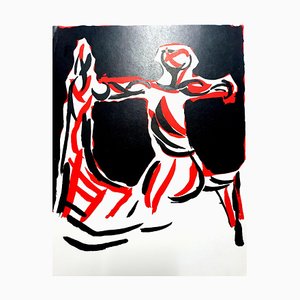

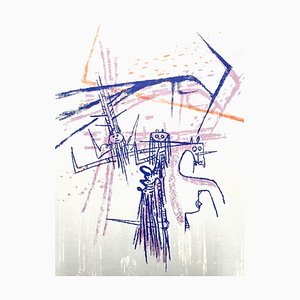

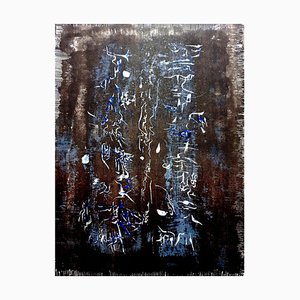
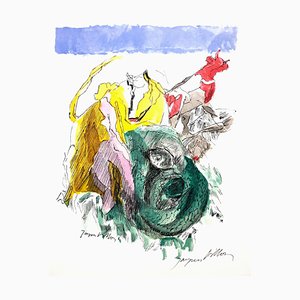
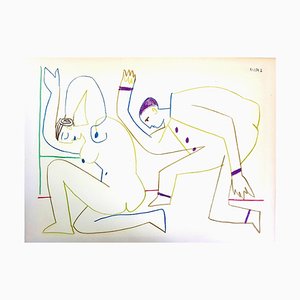
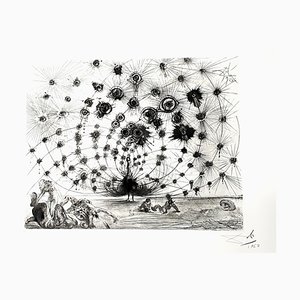
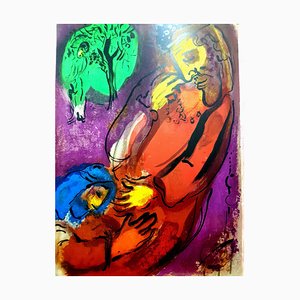
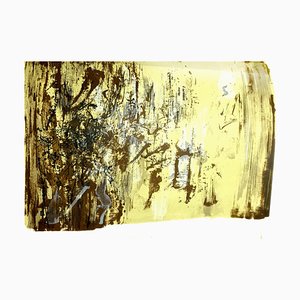
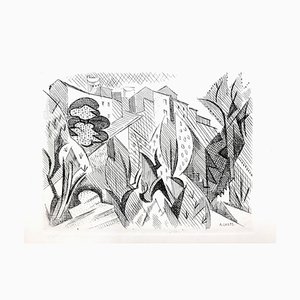

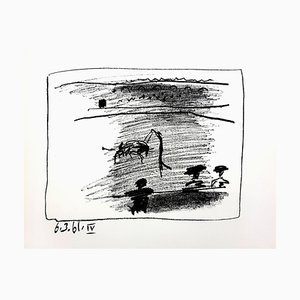

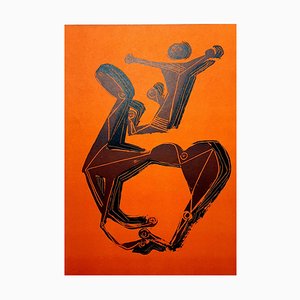

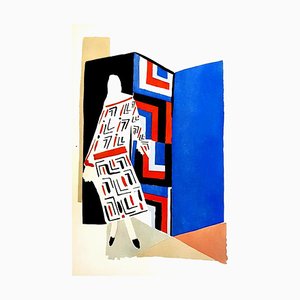
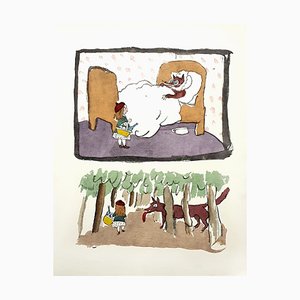

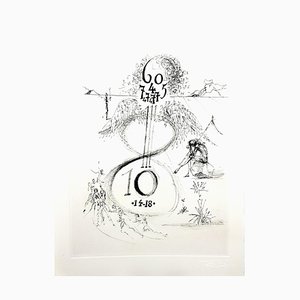
Get in Touch
Make An Offer
We noticed you are new to Pamono!
Please accept the Terms & Conditions and Privacy Policy
Get in Touch
Make An Offer
Almost There!
To follow your conversation on the platform, please complete the registration. To proceed with your offer on the platform, please complete the registration.Successful
Thanks for your inquiry, someone from our team will be in touch shortly
If you are a Design Professional, please apply here to get the benefits of the Pamono Trade Program